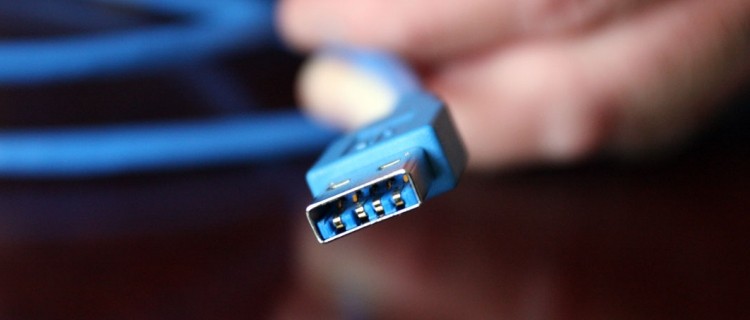
The USB 3.0 Promoter Group has announced today that the next generation of the USB specification is ready, and they've named it USB 3.1. The update brings double the bandwidth of standard USB 3.0, pulling it up to 10 Gbps from 5 Gbps, and bringing it in-line with the capabilities of Intel's first-generation Thunderbolt technology used mostly on Apple devices.
Alongside the speed improvements, USB 3.1 also brings new power delivery profiles (as previously reported) that allow for up to 100W to be sent through a USB cable. In theory this allows laptops to charge through new, "detectable" USB cables attached to high-powered hubs such as TVs or desktop PCs, and can remove the necessity to use power bricks for external 3.5-inch hard drives.
The specification was teased at the start of the year, and since then not much has changed, so the final specification remains largely the same. Unfortunately existing USB 3.0 devices can't be upgraded to USB 3.1, meaning it's up to manufacturers to produce new chipsets and devices supporting it. Still, like USB 3.0, the updated specification will remain backwards compatible with older variants.
Actual USB 3.1 products are expected in late 2014, with wider availability in 2015. Intel expects Thunderbolt 2 devices will be ready towards the end of this year, and although the specification brings speeds greater than USB 3.1 (up to 20 Gbps for Thunderbolt 2), USB will still most likely be the interface of choice. Companies such as Acer have already given their support to USB 3.0 over Thunderbolt, which could be a growing trend due to the higher cost of implementing Thunderbolt.
For developers interested in producing devices using USB 3.1, the USB Implementers Forum will be holding developer conferences in various countries starting on August 21.
https://www.techspot.com/news/53457-10-gbps-usb-specification-finalized-as-usb-31.html